
Should Patients in Medical Marijuana Programs Replace Traditional Medications?

Benefits of Medical Marijuana for Autism
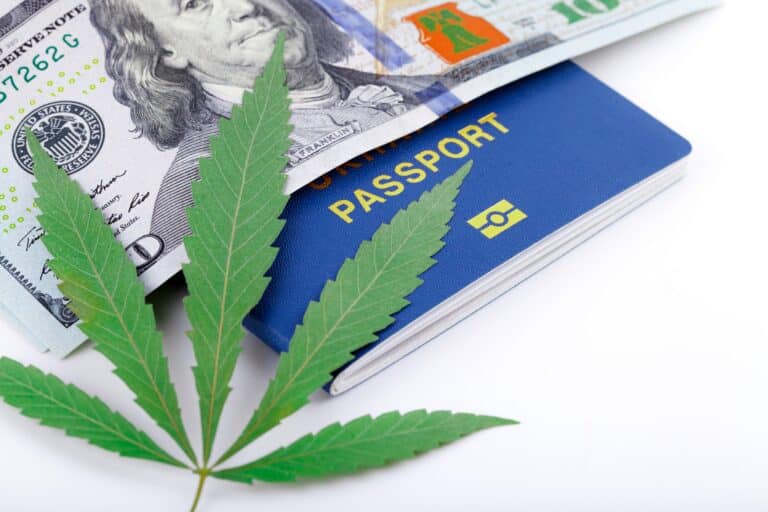
Navigating the Global Landscape of Medical Marijuana
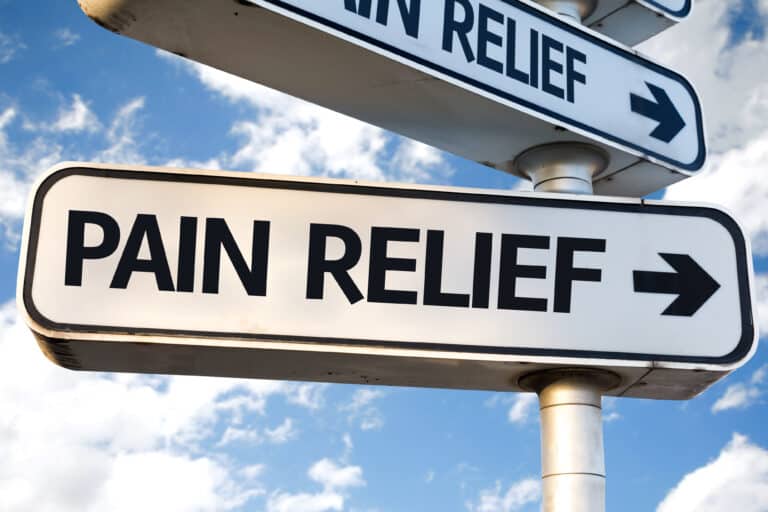
Unlocking the Healing Power of Medical Marijuana: A Comprehensive Guide to Pain Relief in Chronic Condition
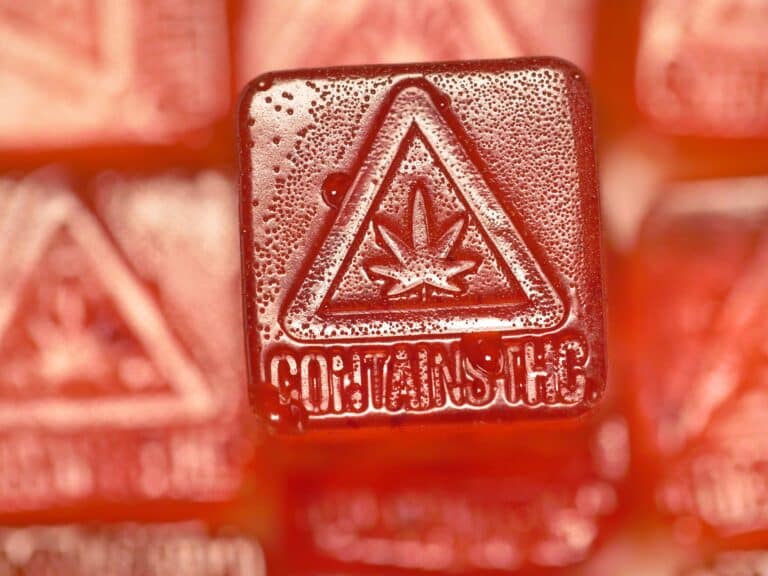
The Importance of Understanding the THC:CBD Ratio in Marijuana Consumption
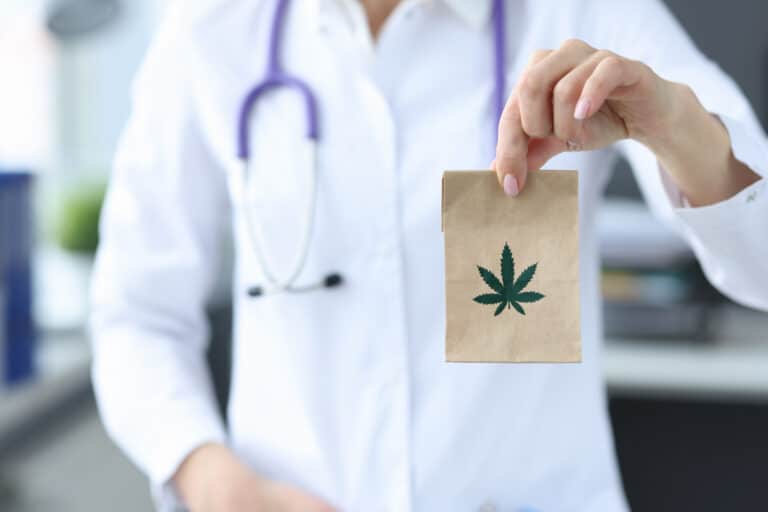
Exploring the Potential Benefits: Can Medical Marijuana Smokers Experience Improved Breathing?
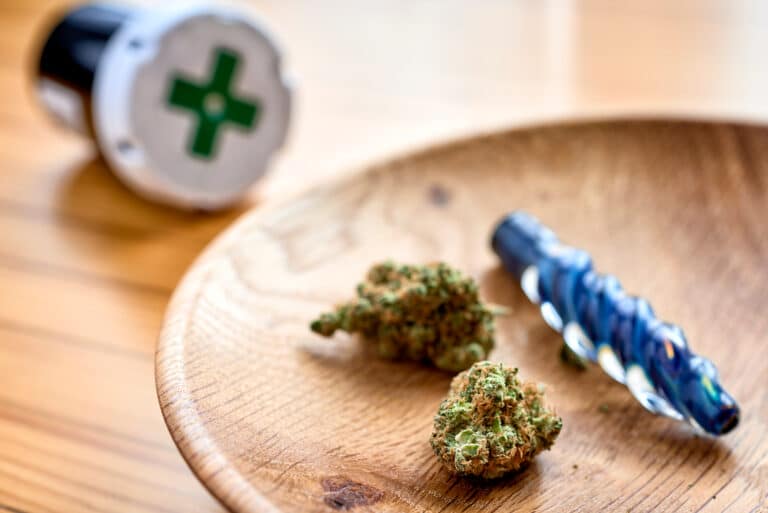
Exploring the Potential Benefits: Can Medical Marijuana Smokers Experience Improved Breathing?

Navigating the Legality of Marijuana in Pennsylvania
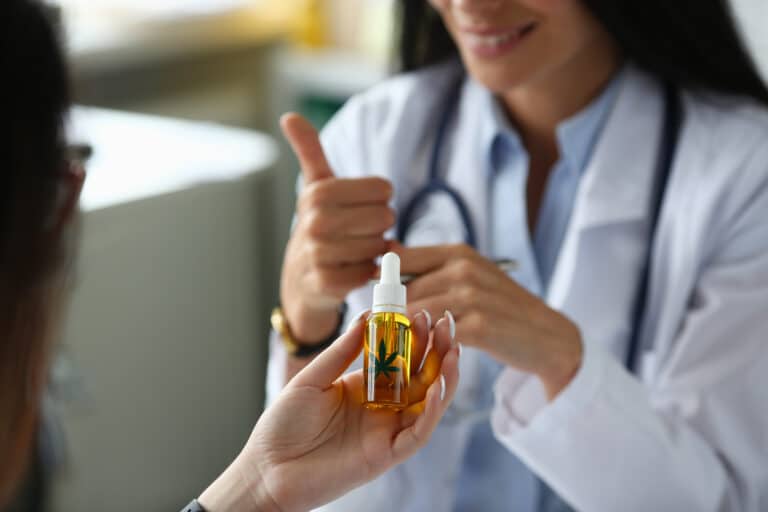
Why Patients Are Turning to Medical Marijuana: Exploring the Reasons Behind the Trend
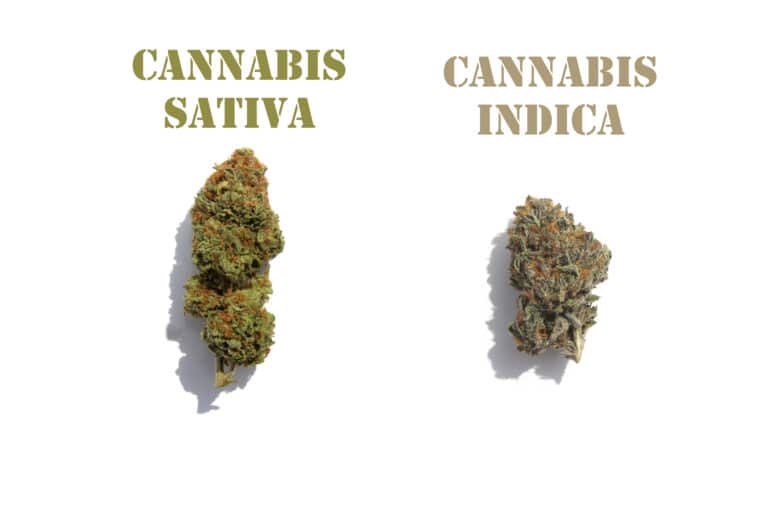
Finding the Right Cannabis Strain for Your Medical Needs: Personalizing Your Treatment Journey
Copyright © 2024 Medical Marijuana Doctor - MMJ Doctor Near Me
Site by CannaPlanners

